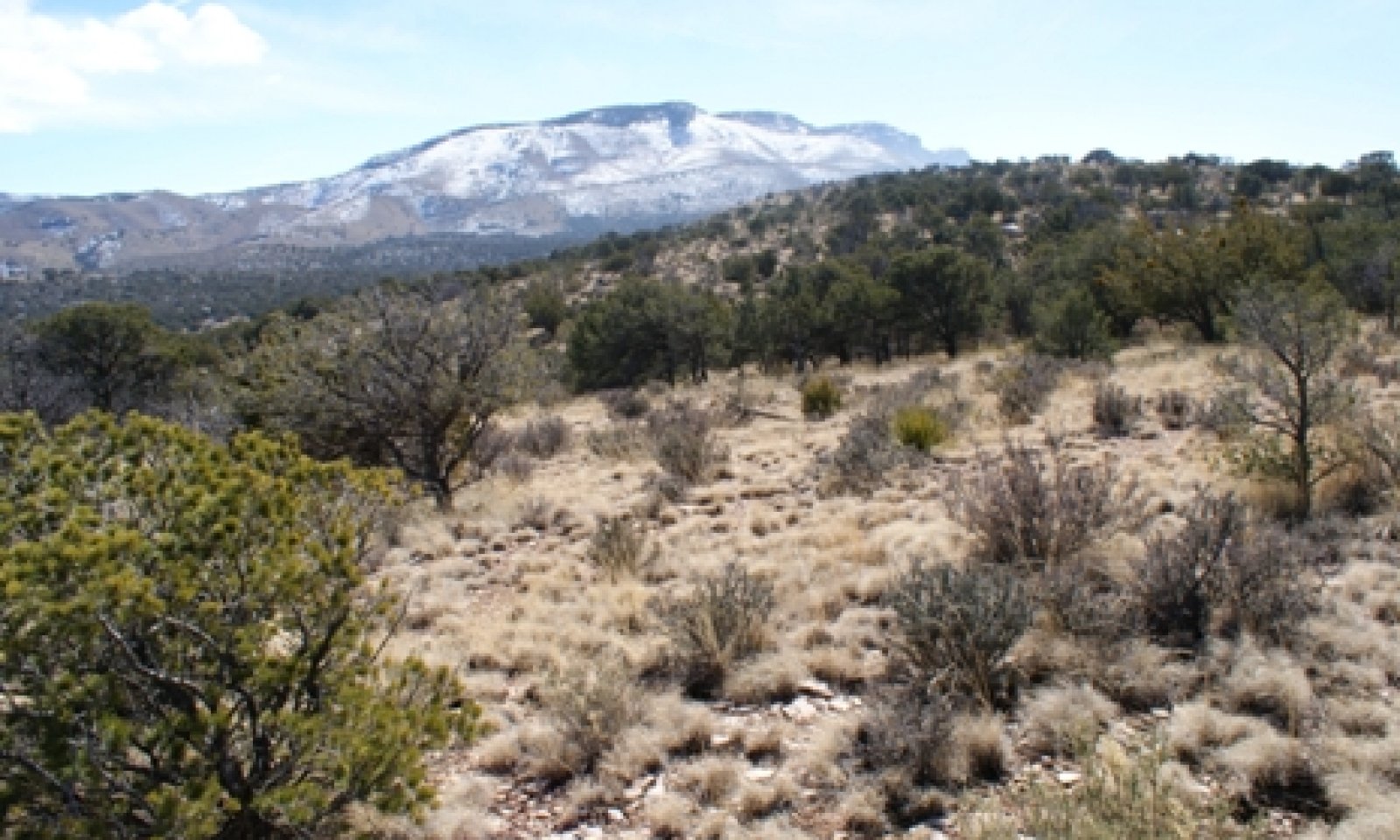
Shallow Limestone
Circle-spoke model
Scenario model
Current ecosystem state
Select a state
Management practices/drivers
Select a transition or restoration pathway
-
No transition or restoration pathway between the selected states has been described
Target ecosystem state
Select a state
State 1
Savannah State





Description
The Short-Midgrass/Trees/Shrubs Community (1.1) has a variety of midgrasses and shortgrasses, both cool and warm-season dominates the site. Oneseed juniper and pinyon pine are more common at higher elevations. Wavyleaf oak can dominate areas with finer textured soils (Bunting 1978 and NRCS 2010 data). Cover of woody plants is less than 35 percent.
The Shortgrass/Trees/Shrubs Community (1.2) is the result of heavy continuous grazing by cattle. Palatable grasses such as muhlys, gramas, and bluestems have decreased. Threeawns and hairy grama have increased. Total herbaceous production declines thereby reducing the likelihood of natural fires. Woody plants seedlings have increased.
The Pinyon Pine/Juniper Woodland Community (1.3) occurs at higher elevations of the Shallow Limestone ecological site. Oneseed juniper and pinyon pine have increased due to fire suppression. The mixed-grass community is present with both mid and shortgrasses. Canopy cover ranges from 35 to 75 percent. The abundance of fine fuels present allows for natural or prescribed fires to occur kill oneseed junipers, depending on the severity of the burn.
Submodel
Model keys
Briefcase
Add ecological sites and Major Land Resource Areas to your briefcase by clicking on the briefcase (![]() ) icon wherever it occurs. Drag and drop items to reorder. Cookies are used to store briefcase items between browsing sessions. Because of this, the number of items that can be added to your briefcase is limited, and briefcase items added on one device and browser cannot be accessed from another device or browser. Users who do not wish to place cookies on their devices should not use the briefcase tool. Briefcase cookies serve no other purpose than described here and are deleted whenever browsing history is cleared.
) icon wherever it occurs. Drag and drop items to reorder. Cookies are used to store briefcase items between browsing sessions. Because of this, the number of items that can be added to your briefcase is limited, and briefcase items added on one device and browser cannot be accessed from another device or browser. Users who do not wish to place cookies on their devices should not use the briefcase tool. Briefcase cookies serve no other purpose than described here and are deleted whenever browsing history is cleared.
Ecological sites
Major Land Resource Areas
The Ecosystem Dynamics Interpretive Tool is an information system framework developed by the USDA-ARS Jornada Experimental Range, USDA Natural Resources Conservation Service, and New Mexico State University.
